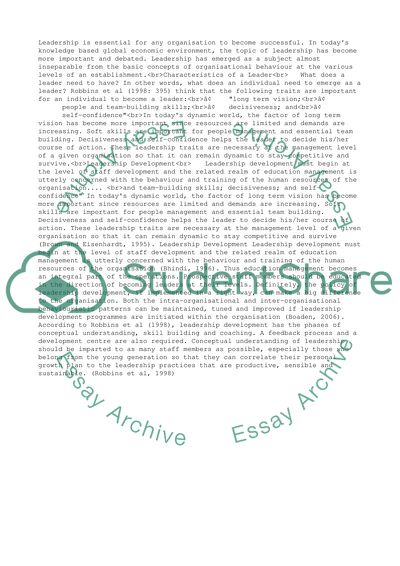Cite this document
(“Organisational Leadership and Performance Essay”, n.d.)
Retrieved de https://studentshare.org/management/1390996-organisational-leadership-and-performance
Retrieved de https://studentshare.org/management/1390996-organisational-leadership-and-performance
(Organisational Leadership and Performance Essay)
https://studentshare.org/management/1390996-organisational-leadership-and-performance.
https://studentshare.org/management/1390996-organisational-leadership-and-performance.
“Organisational Leadership and Performance Essay”, n.d. https://studentshare.org/management/1390996-organisational-leadership-and-performance.


